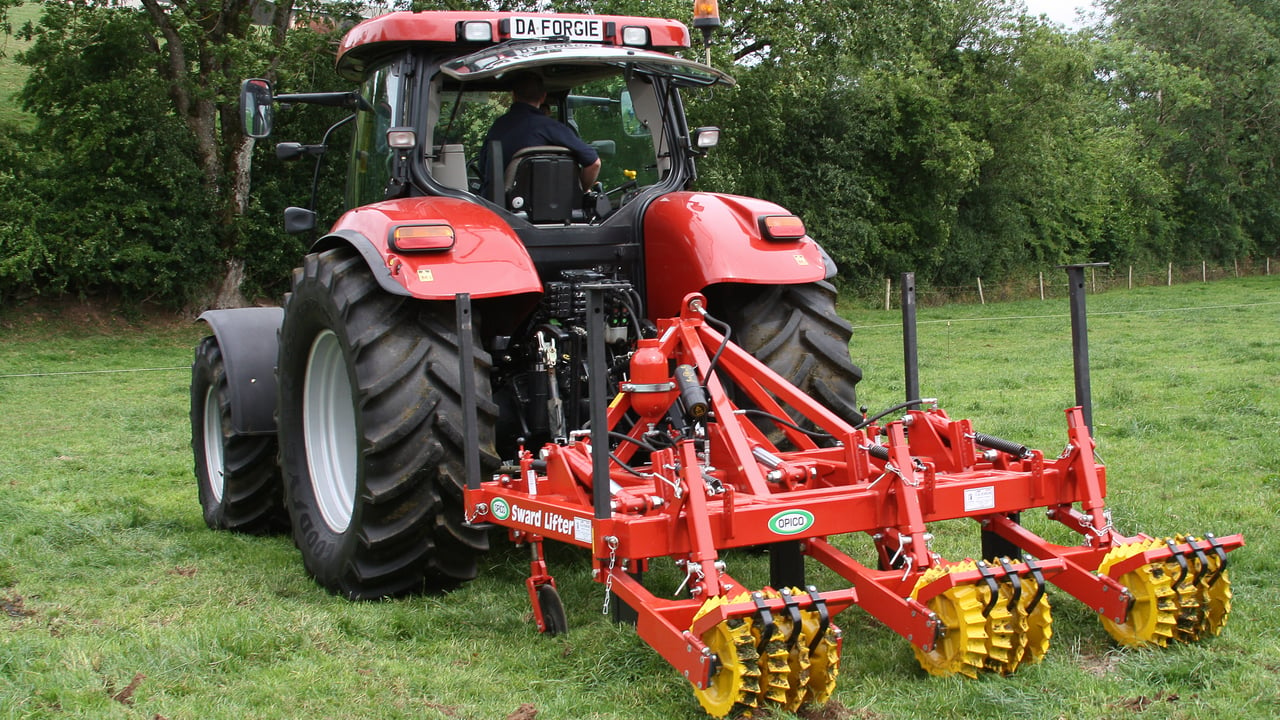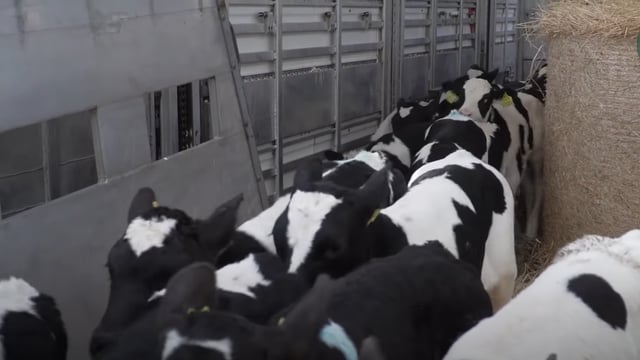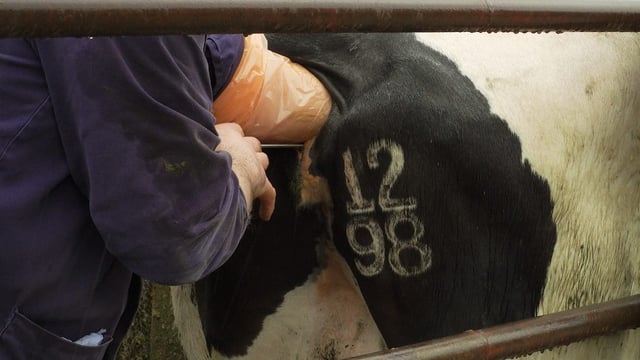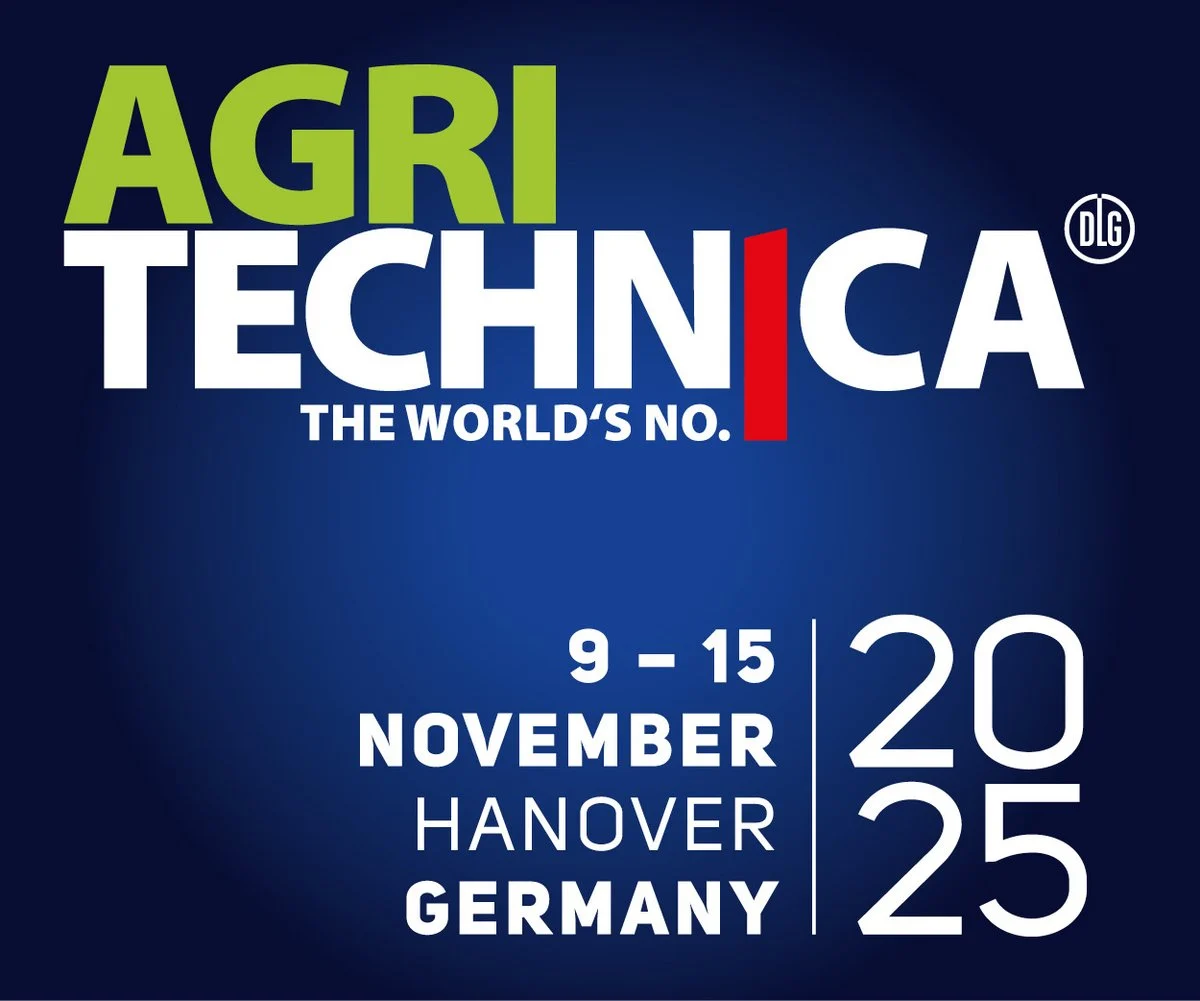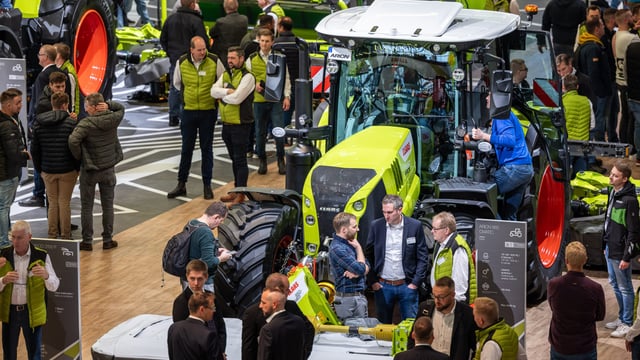Assessing and rectifying soil compaction after a wet 12 months
Soil compaction has become a significant problem on livestock farms, due to the above average rainfall of the past year.
College of Agriculture, Food and Rural Enterprise (CAFRE) advisers have highlighted various options to repair soil structure and damaged swards, encouraging grass growth for silage production and grazing.
CAFRE dairy adviser, Trevor Alcorn said: "Grazing of stock, slurry applications and silage harvesting, have all been carried out in less than favourable conditions.
"This combined with heavier machinery, and a lack of maintenance of field drainage systems, has led to a breakdown of soil structure and increased compaction.
"The result will be decreased yields, reduced soil drainage, increased weed infestation and poor nutrient uptake from fertilisers," Alcorn added.
CAFRE dairy adviser, Jane Sayers explained: "Compaction is where soil has been squashed into a solid, impermeable layer, either at the surface or within the topsoil. This restricts the movement of air, water and nutrients down through the soil profile."

The knock-on effect of this compaction is that it leads to poor root growth, which puts stress on the plant and reduces its response to nitrogen (N).
Compaction can also cause temporary waterlogging. Wet soils stay colder for longer, reducing the number of available grazing days. This can also make harvesting difficult, which is likely to reduce the quality of the resulting silage.
Dig a test hole approximately 50cm2 square and at least 40cm deep. This will allow you to see the extent of the problem.
Compacted soils will have:
- A blocky structure that is hard to break up;
- Signs of shallow roots growing horizontally;
- Very few or no worms present;
- A bad smell due to anaerobic conditions;
- A grey colour with brown mottling.
It is also important to identify the depth of the compacted layer. This will determine the type of machine that should be used to rectify the problem.
Once the level of compaction has been assessed, it can be determined whether it has been caused by farm machinery or livestock.
The potential for wheeled vehicle compaction in any given situation is controlled by the following factors:
- Total axle weight: The higher the weight the greater the possibility of compaction;
- Tyre width, diameter and type: The larger the footprint (width and diameter) of the tyre on the soil surface the less likelihood of deep compaction;
- Inflation pressure: Affects the footprint of the tyre on the soil surface;
- Wheel slip: Even low levels of wheel slip, has been shown to produce significant compaction down to 5cm;
- Number of passes: The higher the number of vehicle passes the higher the degree of compaction. However, 50 to 80% of the soil compaction may be caused by the first wheel pass, with only slight increases after the fourth pass.
At low to medium soil moisture contents animals cause compaction at or near the soil surface. At high soil moisture contents, trampling results in poaching (penetration of the soil surface by the hoof).
As the hoof penetrates the soil, the structure of the soil is damaged and soil at the base of the hoofprint is compacted.
Animal induced compaction does not generally extend beyond 10cm, although with a combination of heavy stock and poor conditions compaction can be deeper.
Cattle exert a static pressure of 160-192 kPa (23-27 psi) and this pressure at least doubles when the animal is walking. This compares to 60-80 kPa (9-12 psi) pressure exerted by a typical unloaded tractor.
The potential for animal induced soil compaction in any given situation is influenced by the following factors:
- Total mass of the animal: gain the higher the weight the greater the possibility of compaction;
- Stocking density: higher stocking densities are associated with increased soil compaction;
- Rate of rotations: rotating stock more frequently reduces the degree of compaction;
- Sward type and condition: high tillering dense swards such as those in long-term or permanent pastures are more resistant to poaching than the open swards which develop under heavy crops of silage;
- Local issues: such as placement of drinkers, location of entry points etc.
Spiking/aerating can alleviate shallow pan although it will give you a variable response. Subsoiling is only recommended where compaction is evident and is not a substitute for drainage.
The soil must be dry at working depth before you try and alleviate the compaction with the best time of the year to do it is the autumn to allow the soil to rest/recover over the winter.
It is very easy to do more harm than good, and the following measures should be taken:
- Only subsoil as deep as required (assessed from test hole);
- Recently loosened soils are more easily re-compacted;
- Try to reduce/minimise any future compaction.
Plan now to repair damaged soils which will help to improve the performance and output from grassland in the future.
Where compaction has been identified, soil alleviation should only be done when conditions are suitable, preferably in the autumn and fields should be carefully managed to prevent problems reoccurring in the future.

